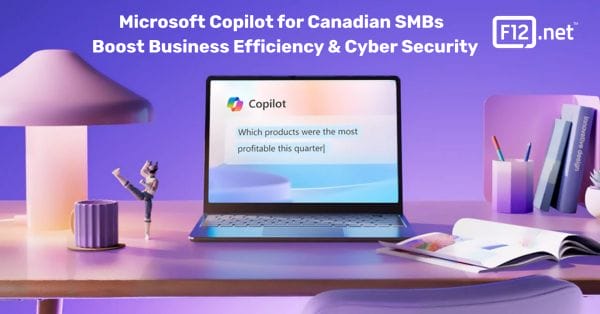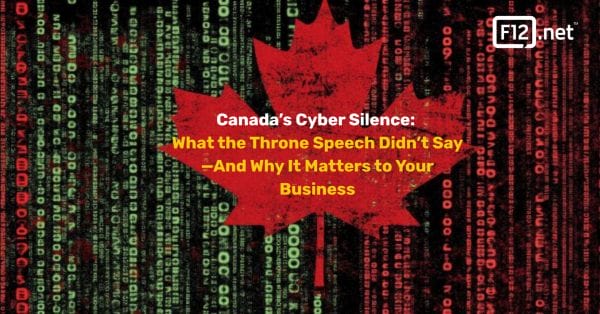An in-depth look at the future of business connectivity and how to make sure you’re using the best technologies for your business.
CMO Devon Gillard recently hosted an exciting webcast with our friends at iTel Networks. iTel is Canada’s leading data infrastructure organization. Not only do we recommend them to our clients for affordable yet flexible connectivity solutions, but we use them ourselves! Devon sat down with iTel’s CEO Dan Rink, CRO Kelly Pritchard, and National Channel Manager Kim Humphrey. Here are some key takeaways from their chat about what the future of business connectivity solutions looks like, and how you can discover opportunities to make your network more resilient.
Recent Rogers network outage
“Rogers has gotten a lot of bad press on this. But all carriers have outages. Accidents happen. Cars hit poles, landslides wipe out rails in BC and take down national fibre. This is not a new or unique thing. These carriers are powered by humans who make mistakes; their vendors make mistakes; their software updates cause problems. But at the same time, no one should be putting all their eggs in one basket. This is the reason technologies like SDWAN exist. This is the reason why we’re moving away from MPLS and expensive fibre connections; we’re going to SDWAN with multiple broadbands controlled and shaped by these next generation appliances and technologies specifically for this reason. You’re alleviating your risk, lowering your cost, and having a basket of business connectivity options.” – Rink [4:00]
“If you look at the Canadian landscape, especially in LTE cellular networks, and if you think of point of sale (Interac, Visa), most of those point of sale terminals in Canada run on LTE. They run on cellular. And Rogers is a major player. In the Canadian network, you have TELUS and Bell, who more or less share towers, and a bunch of flanker brands that they’ve created. And then you have Rogers. Rogers has been a cost leader for many years and is a heavy player in the IoT and point of sale space. And so Rogers having a national outage means a whole lot of point of sale terminals were just hard down. Those in your gas stations and your convenience stores. A lot of those companies are working on migrating to SD because most of them currently have RFPs, but a lot of them are still just a single modem, single carrier. And when that carrier goes down, they’re down.” – Rink [6:28]
Creating a mixed basket of business connectivity options
“What we’re [iTel] recommending to customers is that they’re utilising the power of SDWAN, they have multiple different carriers at each location. And it’s sort of a sweet spot where iTel can really tap into all of our networks, and we can look at what’s available at your location and see, do we want to do maybe a cable connection, and then two diverse LTE networks, so you have three different carriers? Do you want to look at shared fibre? Do we want to look at dedicated Internet?” –Humphrey [8:15]
5G dual-carrier modems
“A product that we are moving a lot of these days is just a 5G modem that is dual carrier natively, so it has Bell and Rogers in the same modem with instantaneous failure. It’s very cost effective, it’s very fast. You roll that out for your point of sale or your small branch office, and you have instantaneous failover. There are very fast broadband speeds, low latency on 5G network, and the speed is increasing over time as the networks become more robust. You have that instantaneous cross-carrier failover for very, very low fee and ease of deployment. No installation: put the modem where you want it, plug it in. So it’s just a beautiful product.” – Rink [11:20]
SDWAN
“SDWAN is basically an edge device like a router, but it’s doing software, a software-defined networking stack. So what you’re going to get as a user is a really elegant portal where you can see all of your sites, all of the downstream devices, really great metrics and reporting. One of the key tenants is it does automatic orchestration of your VPN between your users or your branches and your sort of core network. It takes in multiple circuits, and then it deals with them intelligently for you.” – Rink [12:25]
Pooling
“A lot of people say they don’t want to go the LTE route because there are data charges. But we’re able to pull data across multiple carriers. So let’s say you buy a package, and you’re flipping back and forth between Rogers and TELUS—you’re not paying a package for each of those connections; we pool it together for you, and you’re getting a meta pool. When we deploy it, we’re just picking what carrier is best at your location, setting that as the primary and then the other becomes the failover. But it all just goes into one big pool. So LTE can be expensive, but there’s ways to make it less expensive.” – Pritchard [18:40]
LoRaWAN
“There’s a bunch of really neat innovative networks that are being pushed out across North America (and actually globally) that allow you to have very long range, very low power IoT sensors that don’t rely on cellular backhaul. So you’ve got where users are putting access points on their home internet or intranet, and it’s creating a secure bubble that’s roughly eight miles larger. And for each user that joins the network, that creates this bubble of connectivity.” – Rink [31:20]
LEO (Low Earth Orbit) Satellite
“Low Earth Orbit puts a whole bunch of little satellites close to the earth that are spinning around (hopefully not colliding with other things spinning around down there), and that has revolutionized our connectivity.” – Gillard [35:53]
“There are many large players investing in [LEO] and it is absolutely going to transform the industry. ‘Cell towers in space’ is the best analogy I have for you. They are lower orbit, only 500 kilometres away as opposed to thousands. The latency is then low; one of the biggest problems with satellite historically was the latency was very high, which made voice applications and real time media near impossible. They’re using newer antenna technology and newer ground station technology that is able to move a lot more bandwidth. It’s very usable right now; we’ve been playing with it and deploying it to augment customer networks, especially in the digital desert.” [36:20]
If you are interested in improving your “basket of business connectivity options,” we love talking tech. Let us help you figure out the best configuration for your business.



